11 Must-Try Waterfall Hikes in Los Angeles
All waterfall hikes in L.A. have one thing in common—unbeatable views of terrific cascades. Here are the ones to try next.
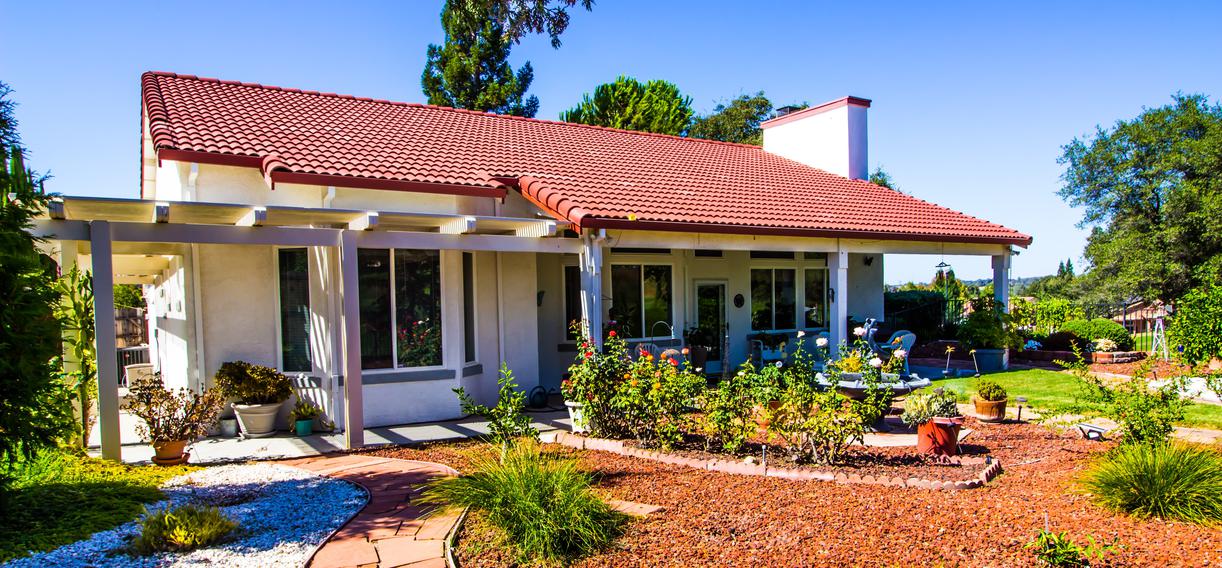
Here’s your guide to designing a drought-tolerant landscape that will thrive in California.
Our state’s diverse ecosystem welcomes a host of unique and vibrant plant species that are up for the challenge of drought-tolerant landscaping: the desert soils of Southern California, coastal ridges of the Central Coast, forested canopies of Northern California–and varied terrain in between. Rivers of gravel can oscillate between the bunches of golden yarrow, tufts of drought-tolerant deer grass, and rigid stalks of desert agave as rosemary cascades over the edges of raised beds and California poppies brighten up every corner of the yard.
But creating a cohesive outdoor space that enhances your patio, takes advantage of the moderate California temperatures, and features drought-resistant plants can prove to be more challenging than initially imagined. Plus, deciding upon unique landscaping that includes native plants and drought-adapted plants for California takes time due to the vast number of options available. There are endless possibilities for every color palette and style–from desert willows to California sagebrush, lavender, manzanita, and California fan palms. Next thing you know, California’s super blooms are growing in your backyard.

When designing a drought-tolerant yard, the most crucial decision is selecting plants that can endure California’s blistering summer temperatures and require little water for half of the year once they are planted. This allows the plants to thrive and saves you a fortune on water bills compared to a traditional grassy lawn.
Think about the amount of work you’re willing to dedicate to your garden. While choosing solely drought-resistant plants may accomplish the primary goal, many types of grass and shrubs require continual maintenance to avoid creating a jungle in the yard. If a low-maintenance, drought-tolerant front yard is what you’re opting for, avoid invasive species of native or drought-tolerant plants such as the popular pampas grass and the ultra-colorful periwinkle.
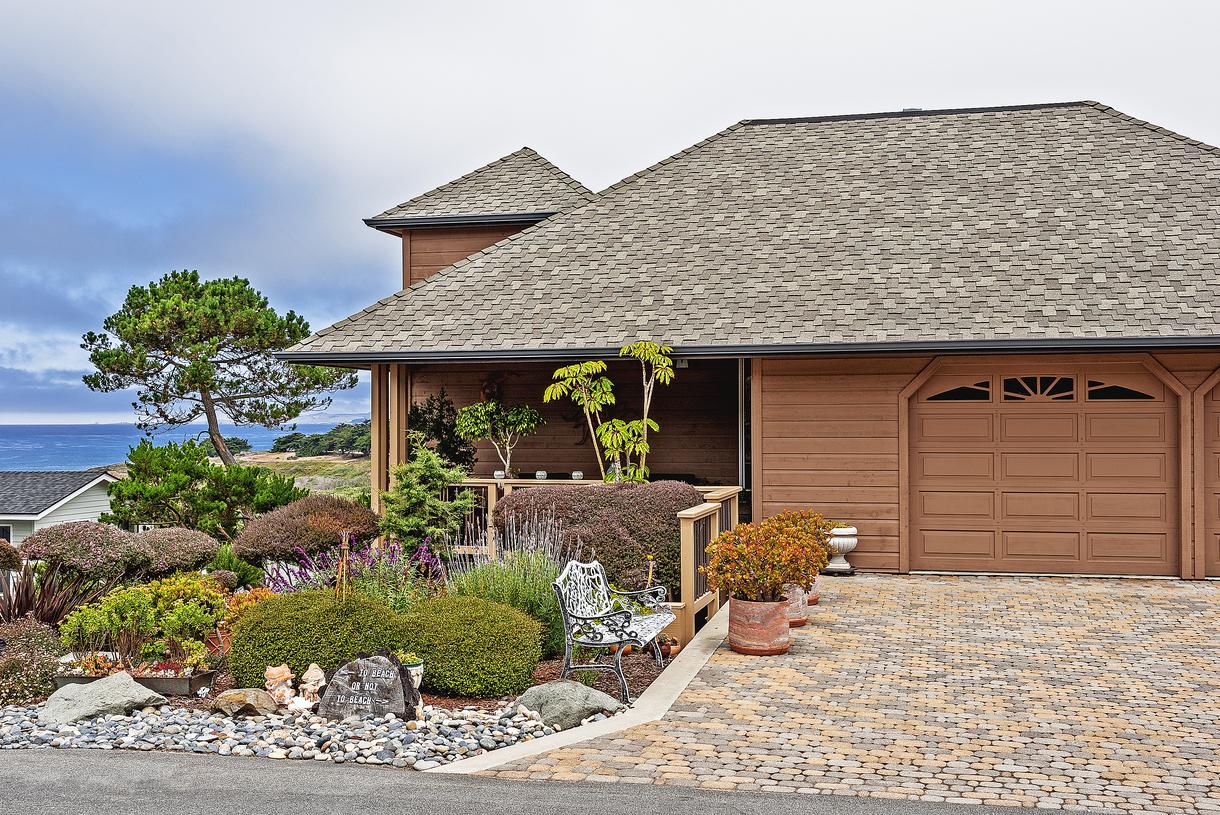
If the amount of maintenance needed is not a determining factor for your landscape, consider picking plants native to California or regions with Mediterranean climates. These plants will react positively with the external environment — from coping well with various California soils to surviving on little water — and attract organisms such as bees and butterflies.
For instance, species like lavender and some varieties of lilies are both drought tolerant and welcoming to hummingbirds and other local inhabitants that help pollinate the flowers throughout the garden.

Does your business rank among the best in California?
nominate a businessLearn more about our selection criteria and vetting process.
While it’s easy to overlook drought-resistant grasses and plants when planning a watering schedule, they often require additional care during their first year. After the plants have adapted to their surroundings, watering becomes less critical and may not be necessary.
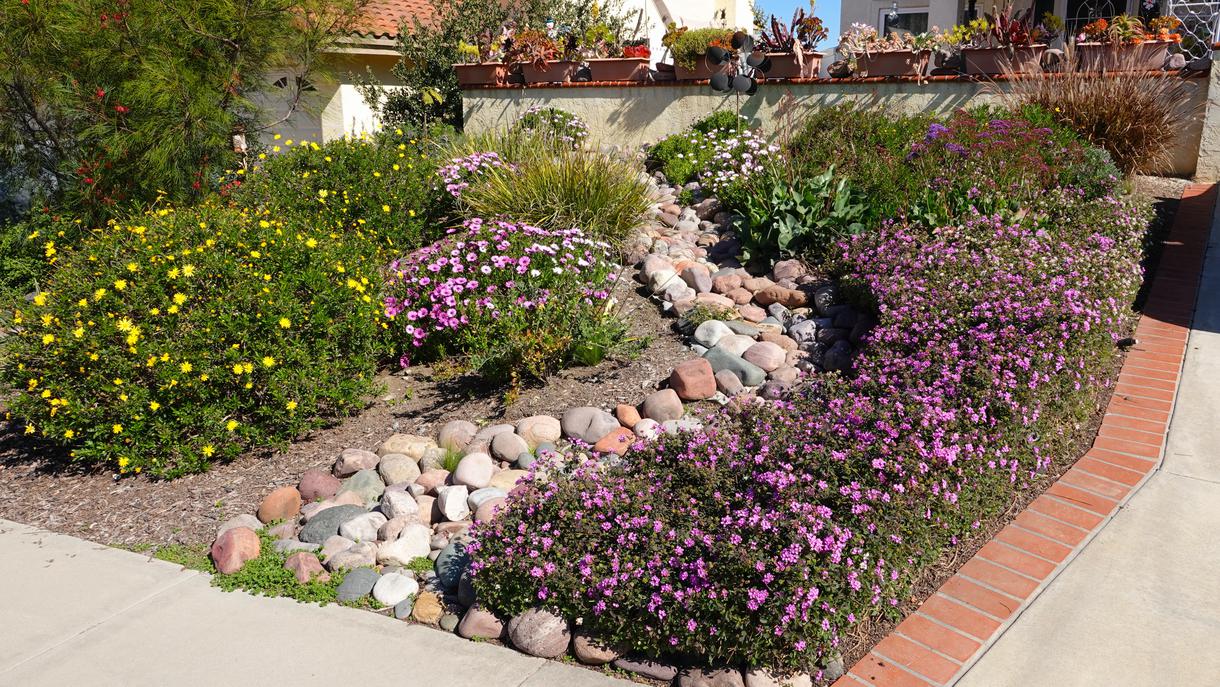

Creating a drought-tolerant landscape is a multi-step process, so try not to get discouraged if the yard of your dreams takes a bit longer than you expected. While the different stages can take some time to accomplish (depending on your experience), take comfort in knowing that they’re easily completed on a long enough timeline. The process of growing a drought-tolerant garden includes the following:
With all of these gardening tips in mind, implementing hydro-zoning will drastically improve the odds that the landscape will survive, especially when mixing drought-tolerant plants with more tropical plants throughout your space. Hydro-zoning refers to planting groups of species together in specific regions of the garden based on their water needs. Citrus trees, for example, need a lot of water, while succulents require very little, so they would each have different zones, irrigation systems, and watering schedules.
Pro tip: If you’re looking for inexpensive drought-tolerant landscaping ideas, you can decorate your backyard with rocks and stones. Surround your plants with different rocks and stones, creating a desert oasis you’ll never want to leave. Spending time in your backyard will become your favorite affordable weekend getaway in California. This inexpensive desert landscaping idea is also low maintenance and lowers the time you need to dedicate to your garden.

After figuring out which plants you would like to use, the first step in implementing your drought-tolerant landscape is deciding where to put plants and where to use rocks, gravel, pavers, furniture, and decorations to fill the space. The deciding factor in your plant placement (aside from pure aesthetics) ought to be the amount of sunlight necessary to grow your chosen species. So, while there are approximately 8,000 plants that would be appropriate for a Southern California garden, every species has a different requirement for sun exposure, significantly narrowing down the options for each area of the yard.
If you’re growing poppies (Matilija), Australian willows, wild buckwheat, sagebrush, and bougainvillea, you know you’re choice of vibrant colors won’t require you to sacrifice drought tolerance. When in doubt during your plant search, look for the signature characteristics of Mediterranean-climate plants:
In addition to considering your yard’s sun patterns, it’s vital to consider the native species in your area to set yourself up for gardening success. Each region of the Golden State has unique characteristics — from coastal bluffs to arid deserts to redwood forests. Species that do particularly well in California’s diverse areas include the following.
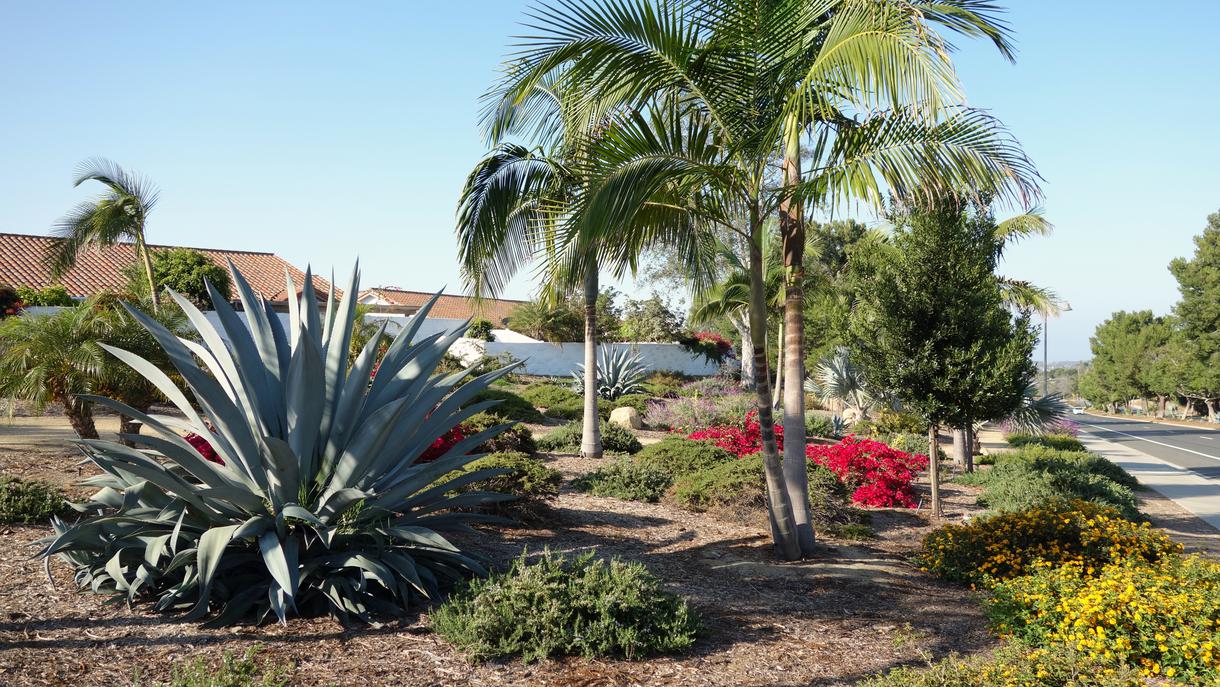
With so many drought-resistant plant options, the gardening possibilities are endless. The vibrant colors of the native and Mediterranean flowers are sure to please the eye and make you forget about the patchy brown lawn that once lived in their place. Now that we’ve covered all the drought-resistant landscaping essentials, it’s time you take the step and begins creating your dream garden. First, assess the land and then choose which plants are meant to brighten your days.



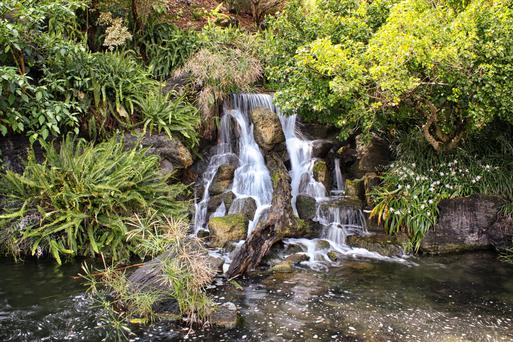
All waterfall hikes in L.A. have one thing in common—unbeatable views of terrific cascades. Here are the ones to try next.

Discover how to track and prepare for meteor showers in California for a spectacular celestial viewing experience.

Ditch the busy Spring Break crowds and check out these fantastic, underrated spring travel destinations in California.

Gaze into California's amazing sunsets with our exploration of the top sunrise spots in California.

